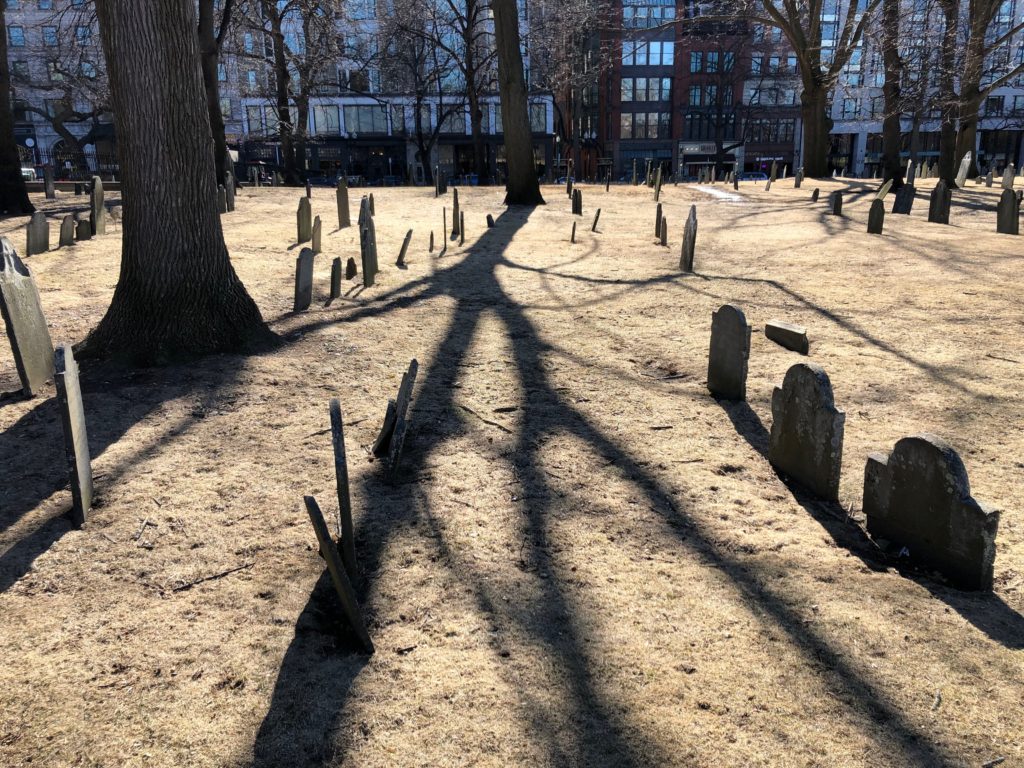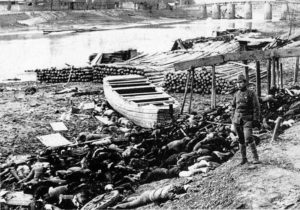Ghosts across cultures

I’ve long loved Japanese ghost stories, ever since I came across the stories of Lafcadio Hearn. As the epitome of modernity, with its vast urban metropolis of Tokyo, sophisticated infrastructure, and advanced education, you might expect that these supernatural traditions would be fading in Japan. After all, Hearn recorded his stories in the nineteenth century. Instead, the traditions are evolving, as Christopher Harding has described in an article, “Ghosts on the Shore.” In the aftermath of the 2011 tsunami, ghosts didn’t disappear, but their role changed, as they comforted the living. Harding’s well-written and thoughtful piece is worth reading, particularly to hear the thoughts of one Zen priest who has an interesting take on the divide between the living and the dead. …







